Get to Know Lake Seminole
How the bass fishing sets up for stop No. 3 of the 2019 FLW Tour
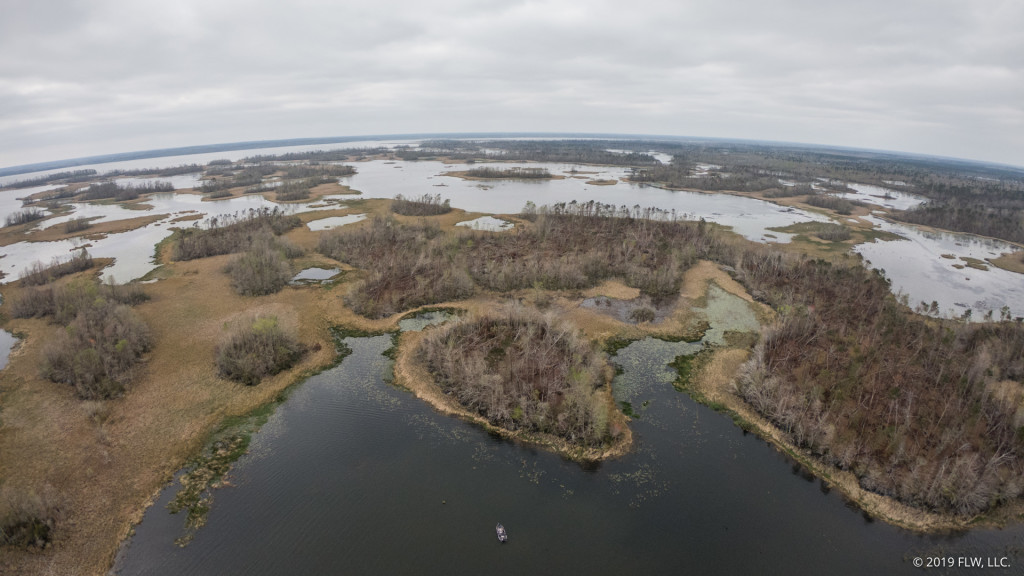
The site of the third stop of the 2019 FLW Tour is Lake Seminole, a bass fishing gem sprawled through the pines and swamps of north Florida and south Georgia. Anglers will take off out of Bainbridge, Ga., in this tournament, which is presented by Costa, and should enjoy some really phenomenal fishing despite the damage the area sustained from Hurricane Michael in the fall of 2018. The Costa FLW Series has visited Seminole pretty regularly, with good results every time, but this is the first time the Tour has been back since 1996.
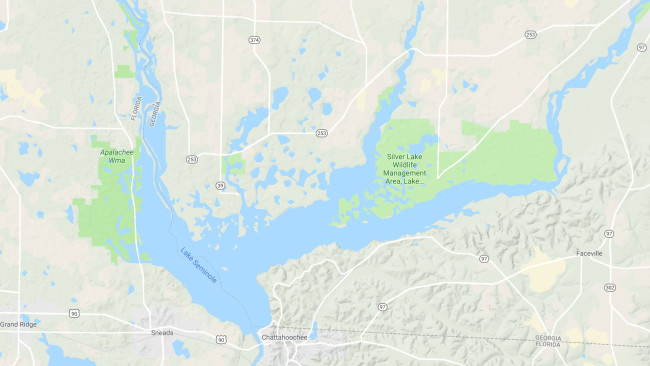
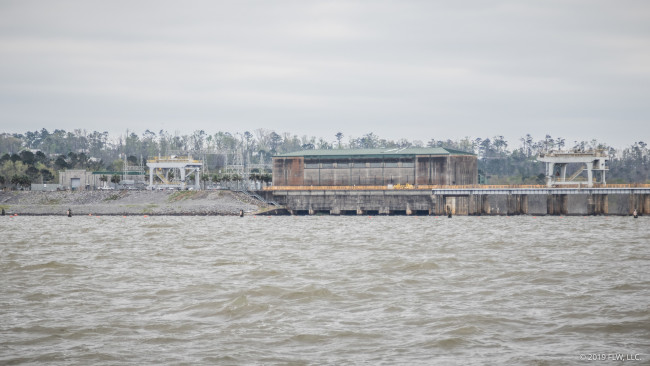
Finished in 1952, the Jim Woodruff Lock and Dam backed up the Flint River (344 miles long) and the Chattahoochee River (430 miles long). Now, the Chattahoochee forms the western arm of Lake Seminole, with Spring Creek in the middle and the Flint River arm running to the east. Originating in the Piedmont Region of Georgia, the Chattahoochee flows down from north of Atlanta, and the headwaters of the Flint are just on the southeast side of Georgia’s capital city. At Seminole, in the Coastal Plain, the two combine to form the Apalachicola River, which flows south to the Gulf of Mexico.
The lower section of the Flint and the upper section of the Apalachicola River have the highest species density of amphibians and reptiles in America, and when you get in and around the lush vegetation of Seminole it’s easy to see why. The Flint also has a thriving population of shoal bass, which don’t often play when the largemouths in Seminole are snapping, but have been known to win a derby or two if the fishing is tough on the lake.
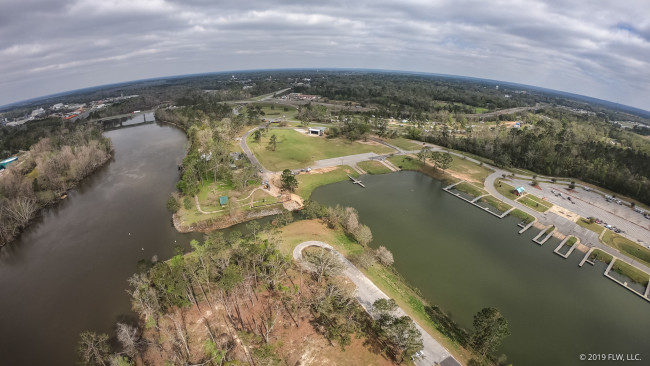
Takeoff in Bainbridge is actually a decent haul from most of the best fishing. The run from takeoff down to where the Flint really broadens out is about 14 miles, and it’s farther to go into Spring or the Chattahoochee. Of course, given good conditions the pros will be able to run at or about 70 mph the whole way, so it’s not like you’ve got to run for an hour to get to the bass.
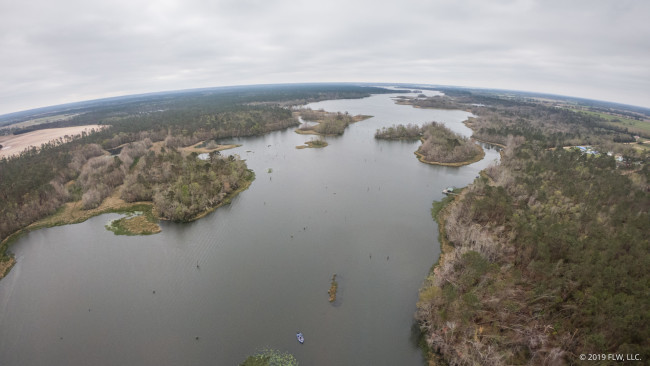
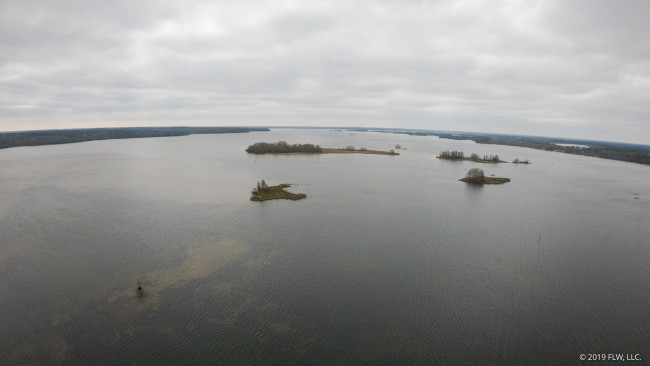
Typically, the Chattahoochee side runs the dirtiest, with the Flint a bit clearer and Spring Creek being super clean. Unlike the Flint and the Chattahoochee, Spring doesn’t originate in the Piedmont, and is only about 75 miles long (only a bit of which is navigable in a bass boat). In recent FLW Series history, the tournaments have mostly been won in the Spring Creek arm, but plenty of checks have been cashed elsewhere as well. The whole lake has a ton of cover, but Spring is the juiciest looking, with a lot of vegetation on the bank and tons of submerged grass.
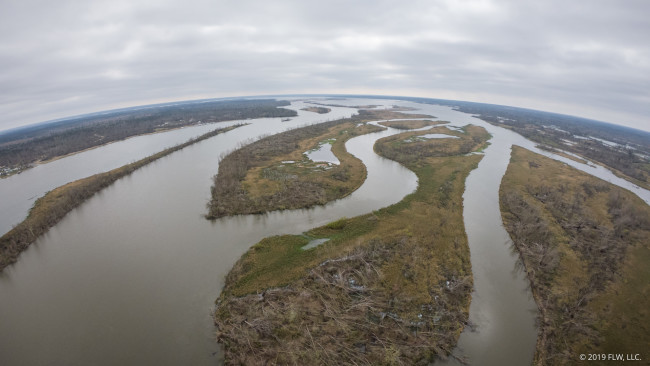
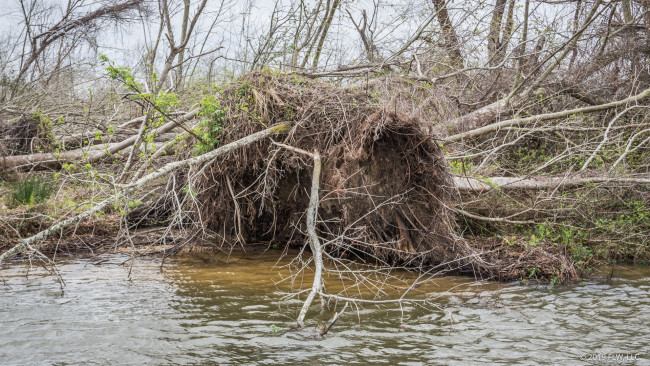
The Chattahoochee side of the lake is much more riverine than the other arms, with more current and dirtier water. The main channel is more straightforward to navigate than the Flint and Spring Creek arms, but the backwaters are just as tricky and perhaps more expansive. The land around the Chattahoochee side was hit harder by Michael than the rest of the lake, so there are a lot of trees on the bank that have been uprooted and flipped over. It’d be an odd pattern to get on, but if the bass started to flock into the dugout spaces where root systems used to be, the Chattahoochee side would be the place to run it.
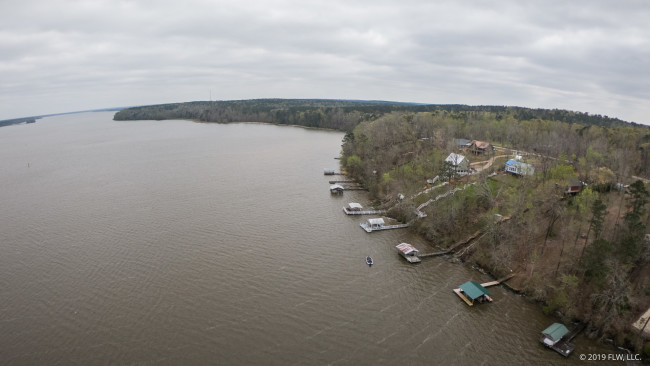
The Flint River side looks more like a normal lake than the Chattahoochee. It’s broader, and the banks are steeper and higher. When Brett Hite won the Bassmaster Elite Series event in 2014, he predominantly fished in the Flint. Outside of Spring Creek, the Flint is probably the second most popular arm. With the tournament taking off up at Bainbridge, a lot of anglers will burn down the Flint without a second thought, but there’s a lot of fishable water in it, especially toward the lower end.
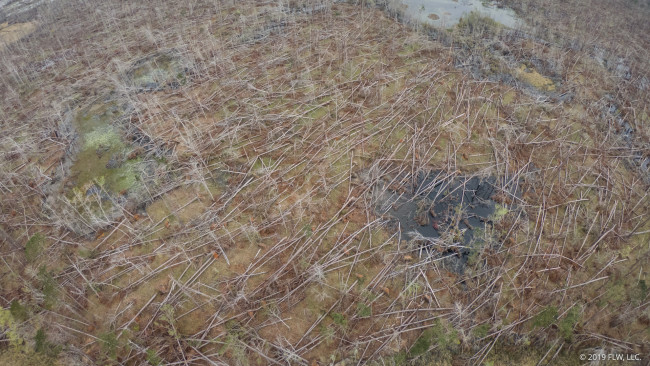
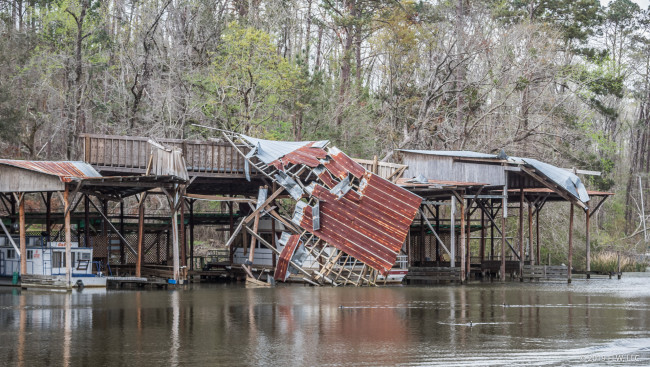
One of the big storylines coming into this event is the damage wrought by Hurricane Michael in the fall of 2018. The powerful storm swept through Florida and Georgia and resulted in billions of dollars’ worth of damage and more than 30 deaths. It also really changed the landscape. Whole forests of pines are swept over in places, and the lake did not come through unscathed.
“The hurricane really changed the whole aspect of the lake,” says FLW Tour pro JTodd Tucker. “My dad and I were fishing it before cutoff, and we were literally fishing places like I did when I was 15 or 16 years old. There are places where the hurricane literally sandblasted the bottom of the lake, and they used to be covered by hydrilla.
“The grass in Spring Creek and the Flint River has changed dramatically. Where we had defined grass lines, we don’t have that anymore. We’ve got very little edge, and the grass is all chopped up.”
In the short term, the fish and the anglers will have some adjustments to make, but it might not be bad for the fishing long term. According to Tucker, there wasn’t any sort of significant fish kill associated with Michael, and the grass is likely to come back strong.
Accessibility in some areas has changed, though. For instance, Wingate’s Run, which is a cut through from the Flint River arm to Spring Creek, is impassable due to fallen timber. There are surely many other backwater ponds and the like that have either been reopened by the hurricane or completely close off.
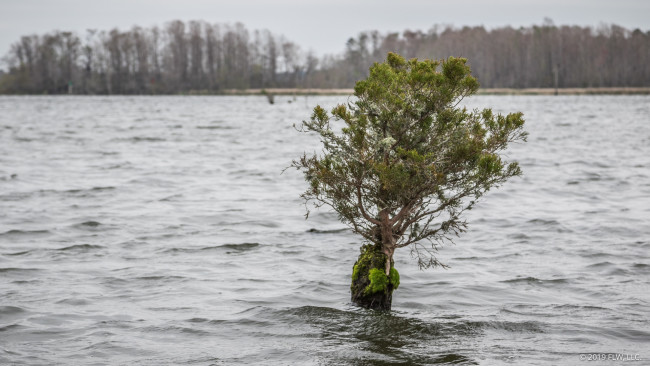
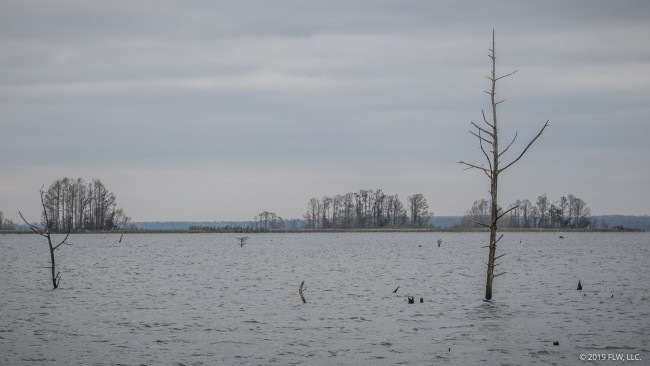
One standout feature of Seminole that is also a navigational hazard is the standing timber. The lake has a ton of it, and if you don’t know where you’re going then the best plan is to idle. There are a number of very well-marked boat lanes on the lake, but it’s still worth remembering that it might take a few minutes of idling to get from one likely looking area to the next.
It’s not entirely uncommon for anglers to catch fish that are actually relating to the timber on Seminole, but that’s generally going to be a stronger pattern outside of the prespawn and the spawn, when fish are more focused on moving toward the bank.
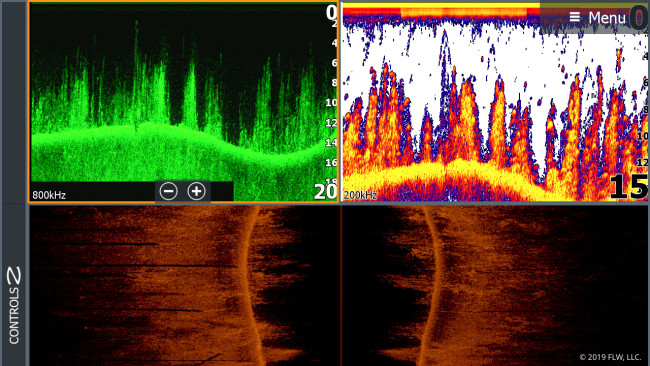
One of the keys to Seminole’s success as a fishery is undoubtedly the grass. There’s a good variety of bank grass and emergent vegetation, but as is so often the case, the hydrilla is the star of the show. The hydrilla in the lake clears the water and provides beautiful cover for bass and bait. Figuring out how to catch bass in and around the hydrilla is often the key to a win on Seminole, and you can be sure that anglers such as Buddy Gross and Bryan Schmitt are licking their chops to pick it apart.
Now, post-Michael, the hydrilla ain’t what she used to be in some parts of the lake, but there’s still plenty of it. With any grass lake, the contours of it change year-to-year, and Michael essentially readjusted the contours more aggressively than usual.
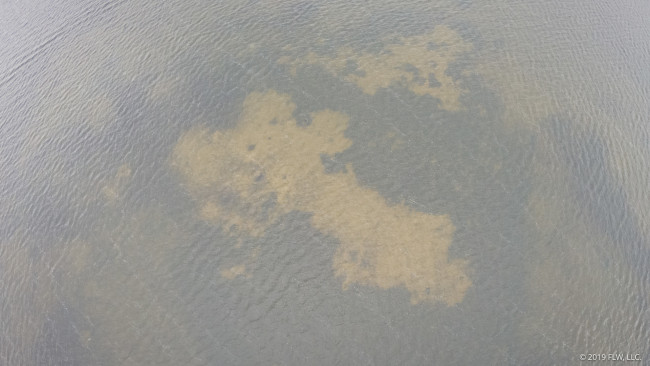
Fishing the sandbars on Seminole is a historically productive spring pattern. The shallow bars provide hard bottom for spawning, and many of them are in the clear water of Spring Creek. You can think of them like some of the productive eelgrass beds on the St. Johns River, or at least an approximation – open water that provides good spawning habitat.
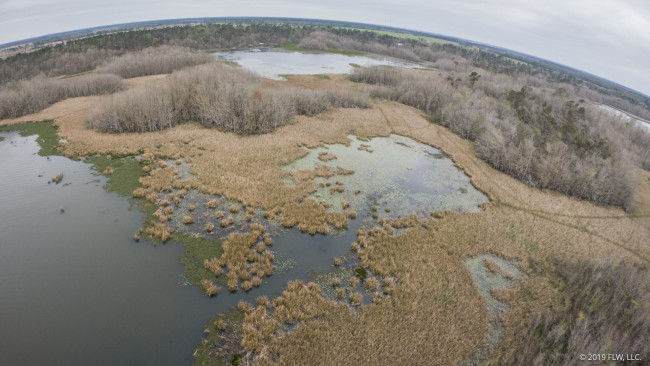
That’s not to say the fish don’t spawn in the backwaters as well. Seminole has a veritable maze of ponds and river backwaters that soften its edges, and there’s a great chance that someone (and not just John Cox) will find some bass in them.
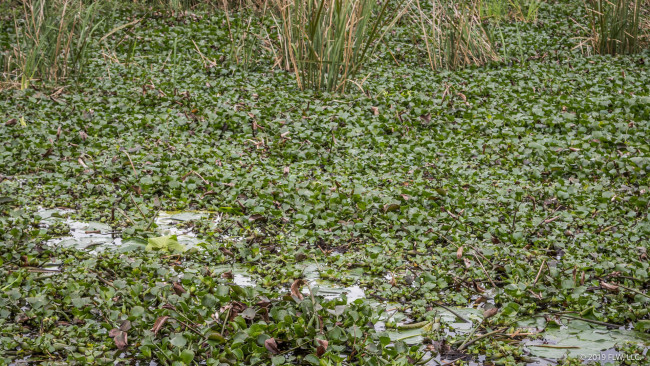
With cool weather projected through practice and the beginning of the tournament, flipping mats could turn into an interesting pattern. Just last year in the Costa FLW Series, Jason Smith caught a big one in a mat on the final day, and back in February 2005, Gary Klein flipped dead hyacinths in the Chattahoochee to win a Bassmaster Tour event on Seminole.
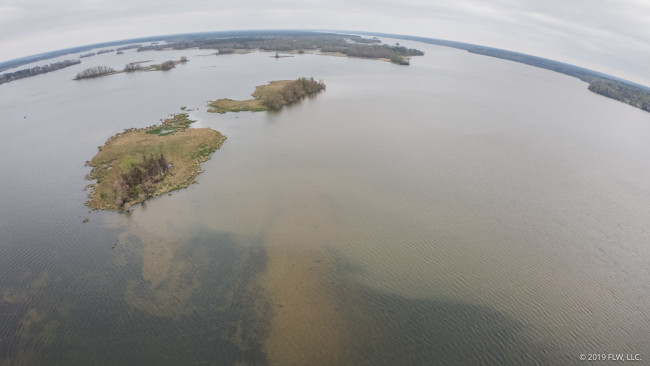
Each section of the lake has its own unique color. Spring is legitimately clear, and not tannic like in Florida. The Flint runs dirtier, but more stained with something vaguely reminiscent of Tennessee River green to it. The Chattahoochee is standard dirt color. She’s not running red and unfishable, but it’s unlikely anyone is going to ply a drop-shot there.
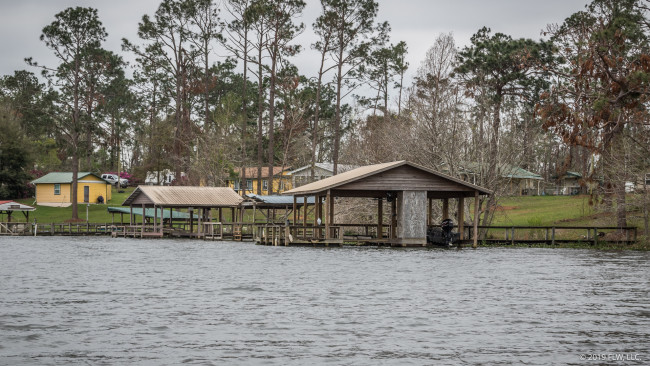
“If you’re catching them on docks, then you’re not catching them” is a saying that has some merit on a number of excellent lakes and applies to an extent at Seminole. There will for sure be bass weighed off docks, but the lake doesn’t have enough of them to support a big crew running that pattern. Plus, the abundance of other delicious cover overshadows them to an extent.
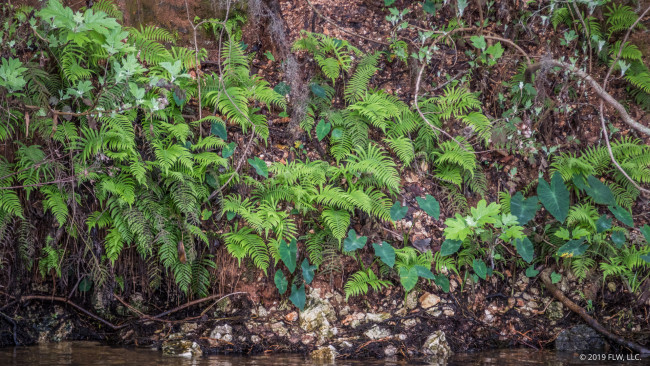
Though day two of practice seemingly never got warm, the first day was legitimate shorts weather. Seminole sits on the border with Florida, so the spawn is underway, and it’s definitely spring. Exactly what the split between prespawn, spawn and postspawn is will likely be much clearer after a few days of competition. In practice, bass have been spotted on beds and chasing shad, so there are going to be more than a few ways to catch fish. We’ll find out the best way this weekend.